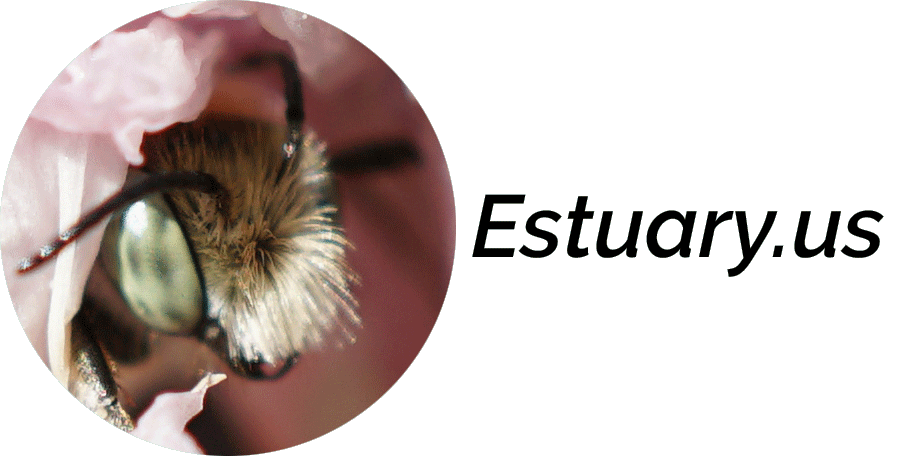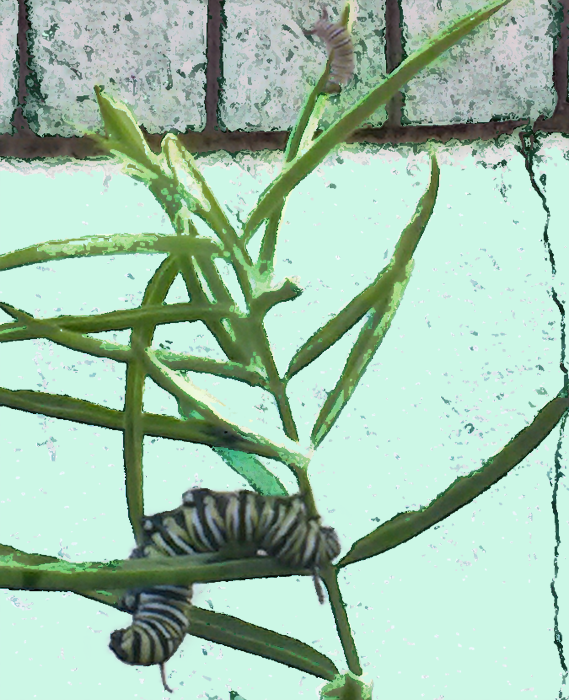The Monarch caterpillar that I featured in a couple previous posts died about three weeks ago, just before it was about to molt one last time and pupate. My sadness at finding it lying lifeless a couple feet from its milkweed plant seemed out of proportion. I did not have the heart to post about it right away, nor did I want to risk a descent into melodrama.

The scientist in me wanted to find out what, specifically, might have happened to the critter. She learned that only 1-5% of Monarchs make it to adulthood in the wild. Butterfly Fun Facts provides a good explanation for why this is is so. Becoming a butterfly in the wild is not simple. Each step in the development of a Monarch is beset by a host of predators such as flies, wasps and the California towhee. While the caterpillar munches on milkweed, a plant that provides it with protection from some would-be predators, others are not bothered by milkweed toxin; many of these have likely evolved alongside the Monarch and developed a resistance that allows them to prey upon Danaus plexippus without being affected by its toxic protection. My best guess is that a bird, probably not the C. towhee, snapped the caterpillar up inflicting mortal damage in the process, then promptly dropped it because of the toxicity. The last time I looked at it, the ants were busy mobilizing for a feast.
Note that the photo shows a smaller, out-of-focus Danaus plexippus caterpillar at the top of the plant. I discovered it the same morning that I took this photo which shows the larger caterpillar looking like it is about to molt a final time. The smaller caterpillar molted a couple more times before it disappeared. Now I know that it was probably taken by a bird.
Nature has its own rules and sentiment has no place in that rule book. Neither do attempts to anthropomorphize (Nature and its non-human inhabitants).
When I yearn for a shape, face or form, I think of Shiva, the primary deity of the Shaivist sect within the Hindu religion, whose many attributes include limitless powers to create, preserve and destroy or dissolve.
But…Shiva has attachments, behaviors and qualities that modulate his actions. He has a domestic life with a wife and two sons. He practices yoga. He encompasses both masculine and feminine attributes with great fluidity; he is depicted as either half-man and half-woman or as one whose other half, without whom he cannot function, is his wife Parvati or Shakti. In the end it seems to me that Shiva, as a god of and from man, is himself subject to Nature.
Each time you see a butterfly, consider it a minor miracle not only that you saw it, but that it exists at all.

